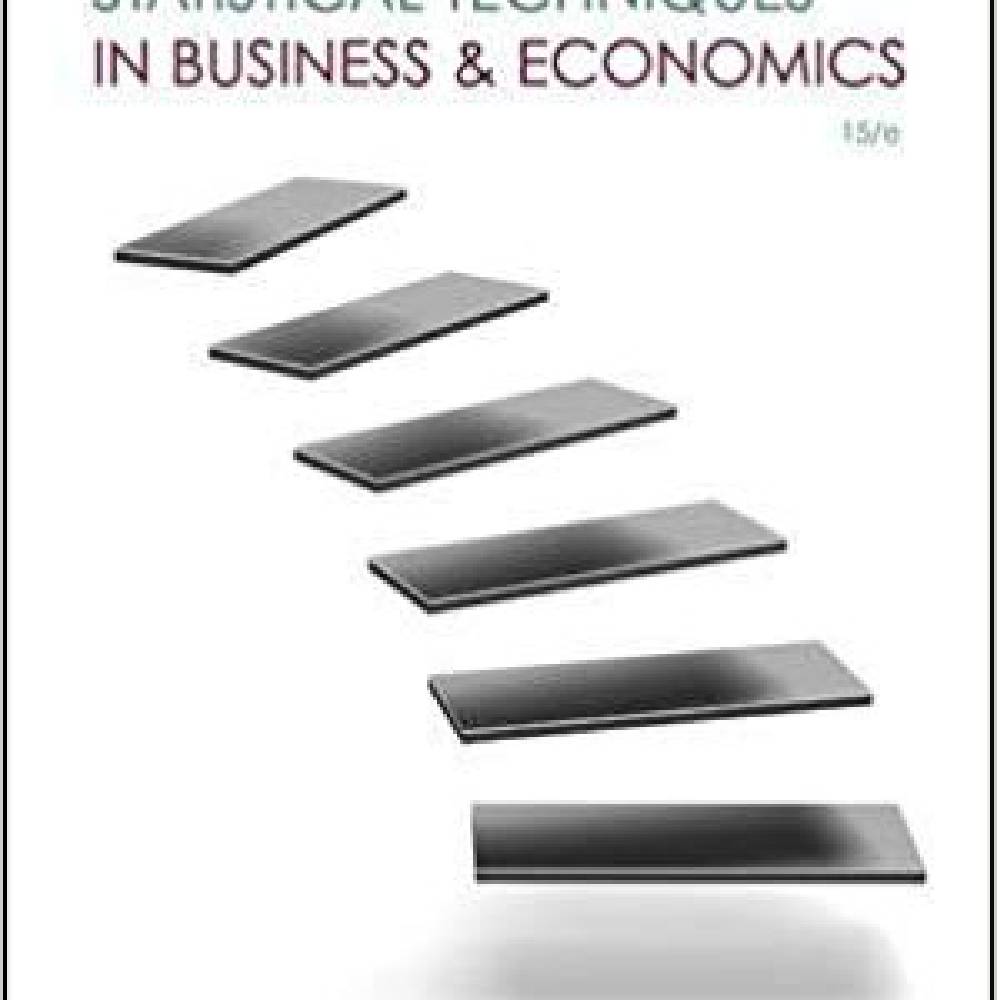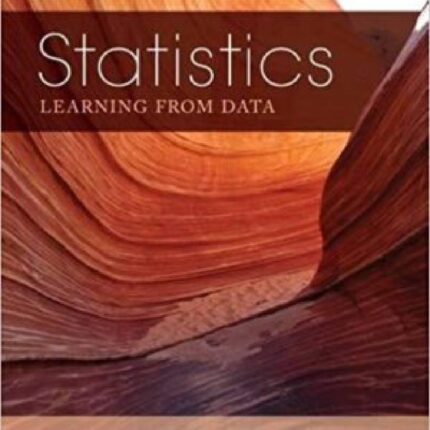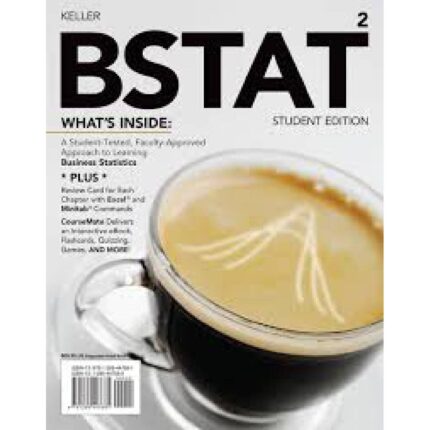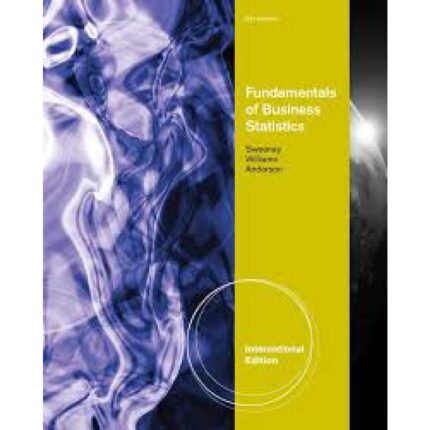Statistical Techniques In Business And Economics 15th Edition By Lind – Test Bank
Chapter 11 Two-Sample Tests of Hypothesis Answer Key
True / False Questions
1. If the null hypothesis states that there is no difference between the mean income of males and the mean income of females, then the test is one-tailed.
FALSE
AACSB: Communication Abilities
Bloom’s: Comprehension
Difficulty: Easy
Learning Objective: 11-01 Test a hypothesis that two independent population means with known population standard deviations are equal.
Topic: Two-Sample Tests of Hypothesis: Independent Samples
2. If the null hypothesis states that there is no difference between the mean net income of retail stores in Chicago and New York City, then the test is two-tailed.
TRUE
AACSB: Communication Abilities
Bloom’s: Comprehension
Difficulty: Easy
Learning Objective: 11-01 Test a hypothesis that two independent population means with known population standard deviations are equal.
Topic: Two-Sample Tests of Hypothesis: Independent Samples
3. In testing the difference between two population proportions, we pool the two sample proportions to estimate the population proportion.
TRUE
AACSB: Communication Abilities
Bloom’s: Comprehension
Difficulty: Medium
Learning Objective: 11-02 Carry out a hypothesis test that two population proportions are equal.
Topic: Two-Sample Tests about Proportions
4. The pooled estimate of the proportion is found by dividing the total number of samples by the total number of successes.
FALSE
AACSB: Communication Abilities
Bloom’s: Comprehension
Difficulty: Medium
Learning Objective: 11-02 Carry out a hypothesis test that two population proportions are equal.
Topic: Two-Sample Tests about Proportions
5. If we are testing for the difference between two population proportions, it is assumed that the two populations are approximately normal and have equal variances.
FALSE
AACSB: Communication Abilities
Bloom’s: Comprehension
Difficulty: Easy
Learning Objective: 11-02 Carry out a hypothesis test that two population proportions are equal.
Topic: Two-Sample Tests about Proportions
6. When the standard deviations are equal but unknown, a test for the differences between two population means has n – 1 degrees of freedom.
FALSE
AACSB: Communication Abilities
Bloom’s: Comprehension
Difficulty: Easy
Learning Objective: 11-03 Conduct a test of a hypothesis that two independent population means are equal; assuming equal but unknown population standard deviations.
Topic: Comparing Population Means with Unknown, Equal Population Standard Deviations
7. If we are testing for the difference between two population means and assume that the two populations have equal but unknown standard deviations, the variances are pooled to compute the best estimated variance.
TRUE
AACSB: Communication Abilities
Bloom’s: Comprehension
Difficulty: Easy
Learning Objective: 11-03 Conduct a test of a hypothesis that two independent population means are equal; assuming equal but unknown population standard deviations.
Topic: Comparing Population Means with Unknown, Equal Population Standard Deviations
8. If we are testing for the difference between two population means and assume that the two populations have equal and unknown standard deviations, the degrees of freedom are computed as (n1)(n2) – 1.
FALSE
AACSB: Communication Abilities
Bloom’s: Comprehension
Difficulty: Easy
Learning Objective: 11-03 Conduct a test of a hypothesis that two independent population means are equal; assuming equal but unknown population standard deviations.
Topic: Comparing Population Means with Unknown, Equal Population Standard Deviations
9. If two independent samples of size 10 with unequal standard deviations are used to test the difference between the means, the degrees of freedom for a t-statistic are 18.
FALSE
AACSB: Communication Abilities
Bloom’s: Comprehension
Difficulty: Easy
Learning Objective: 11-04 Conduct a test of a hypothesis that two independent population means are equal; assuming unequal but unknown population standard deviations.
Topic: Comparing Population Means with Unknown, Unequal Population Standard Deviations
10. When independent samples, with unknown, unequal standard deviations, are used to test for differences in the means, we pool the sample variances.
FALSE













Reviews
There are no reviews yet.